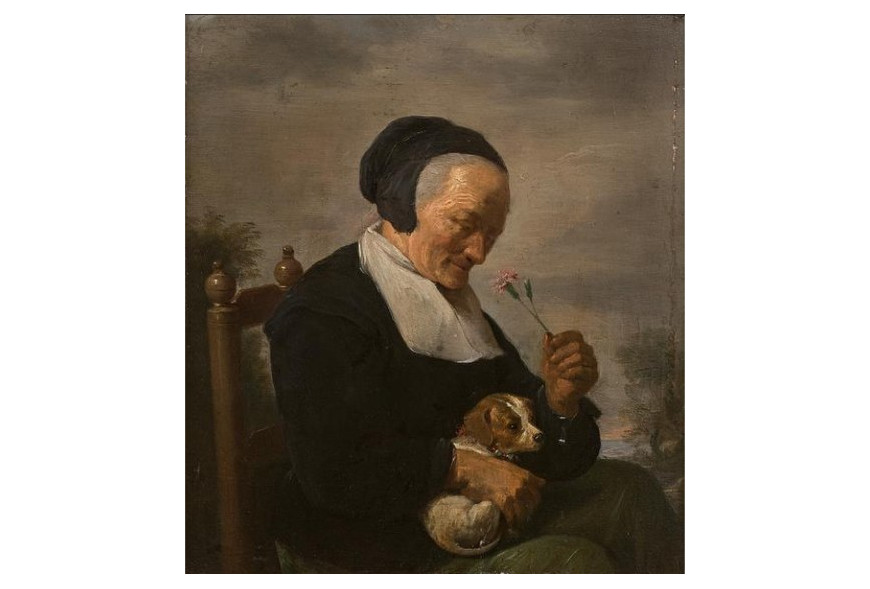Designing Wellness, Beauty, and Food Products with Consideration of Olfactory Differences between Men and Women
Designing Wellness, Beauty, and Food Products with Consideration of Olfactory Differences between Men and Women
Introduction:
The sense of smell, also known as olfaction, is a crucial factor in human experience, influencing not only our perception of food and beauty products but also our overall well-being. While it is well-known that men and women differ in their olfactory abilities, these differences are often overlooked in the design of wellness, beauty, and food products. In this article, we will explore the scientific evidence behind the olfactory differences between men and women and discuss how this knowledge can be applied in the design of these products.
Olfactory Differences between Men and Women:
Studies have consistently shown that women outperform men in olfactory tests. For instance, a study published in Chemical Senses journal found that women have a better ability to detect and discriminate between odors than men. The researchers also observed that women have a larger olfactory bulb, which is the area of the brain responsible for processing smells. Another study published in the journal Neuroscience Letters also found that women had a better sense of smell than men.
The reason behind these differences is not entirely clear, but it is believed to be due to hormonal differences between men and women. Estrogen, the female sex hormone, has been shown to enhance olfactory sensitivity, while testosterone, the male sex hormone, has been linked to a decrease in olfactory ability.
Implications for Wellness Products:
Wellness products, such as aromatherapy oils, are often designed to evoke certain emotions or promote relaxation. Given that women have a better sense of smell than men, it may be more effective to design these products with scents that are more appealing to women. For example, floral scents such as lavender, rose, and jasmine are often preferred by women and have been shown to have calming effects.
Implications for Beauty Products:
Fragrance is a crucial component in beauty products, from perfumes to lotions to shampoos. Women tend to be more sensitive to fragrance than men, and as such, the scent of a product can play a significant role in its appeal. Designers of beauty products should keep this in mind and ensure that the fragrance is not overpowering or too masculine for women's preferences.
Implications for Food Products:
The sense of smell plays a vital role in our perception of taste, and as such, food product designers should consider the olfactory differences between men and women. For instance, women tend to prefer sweeter, fruity scents, while men prefer spicier, earthier scents. By incorporating scents that are more appealing to women, food products may be able to target a broader consumer base.
Conclusion:
In conclusion, olfactory differences between men and women have significant implications for the design of wellness, beauty, and food products. Women tend to have a better sense of smell than men, and as such, designers should consider this when selecting scents for their products. By doing so, they can create products that are more appealing and effective to a broader range of consumers.















Leave your reply Cancel Reply